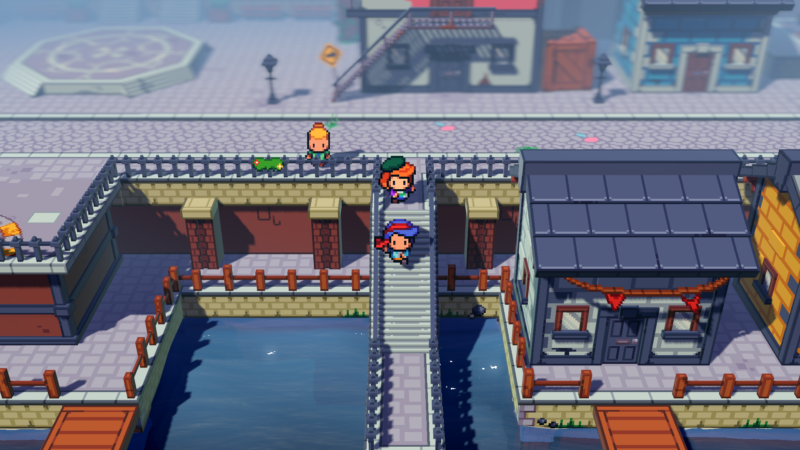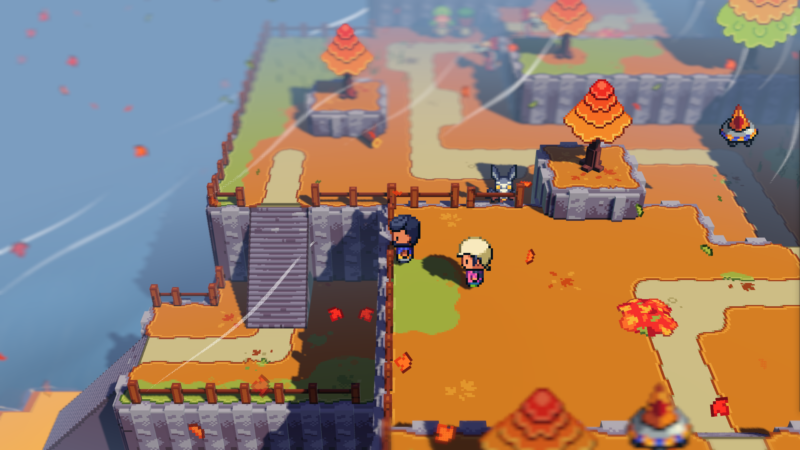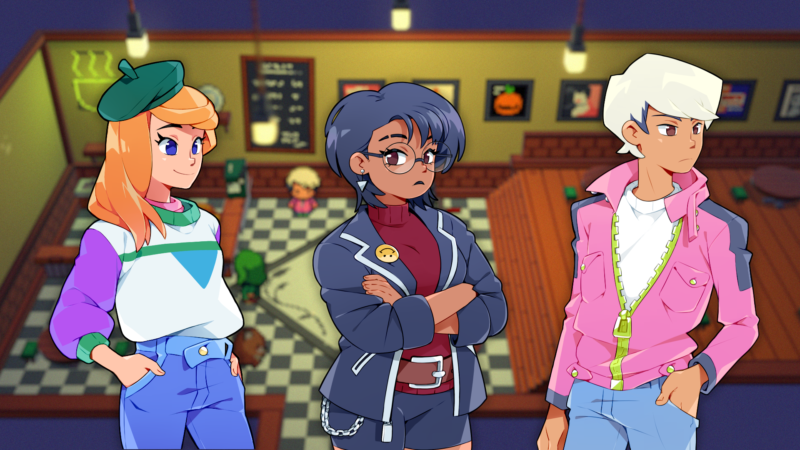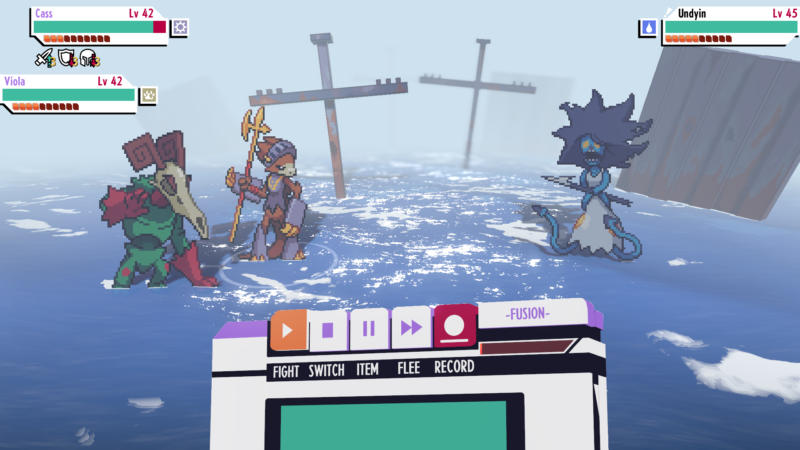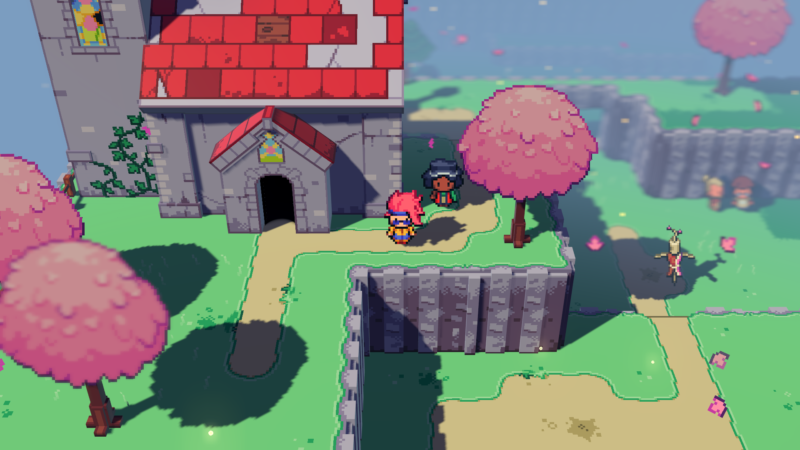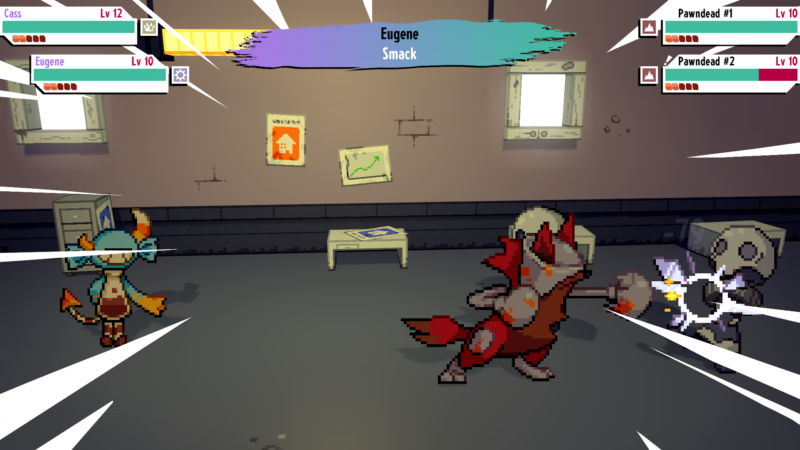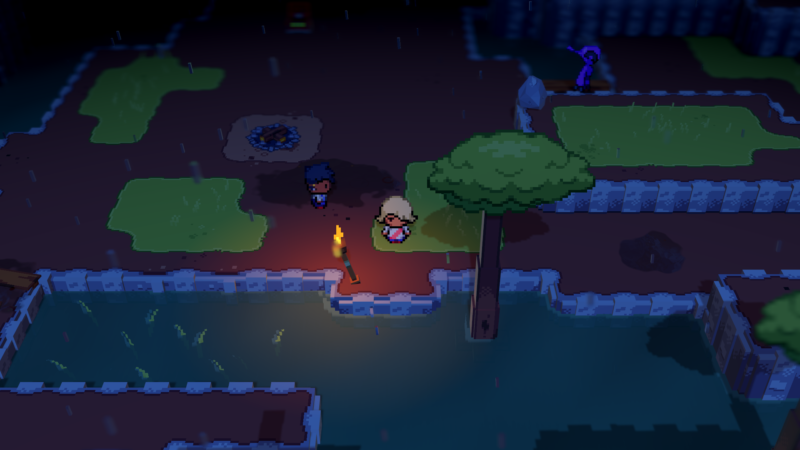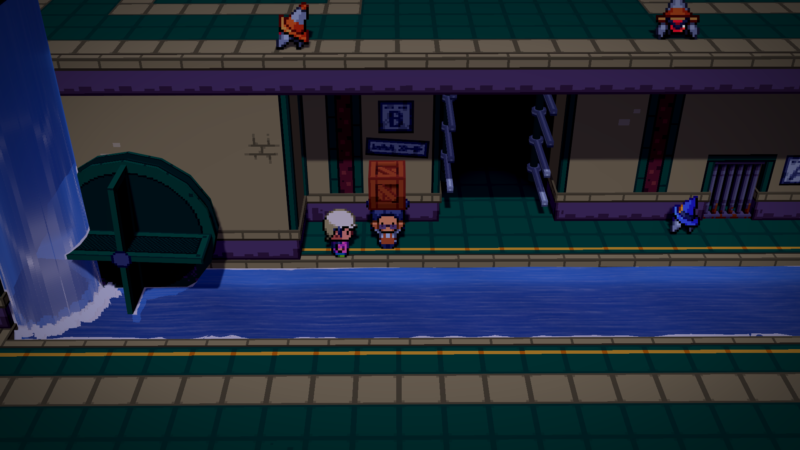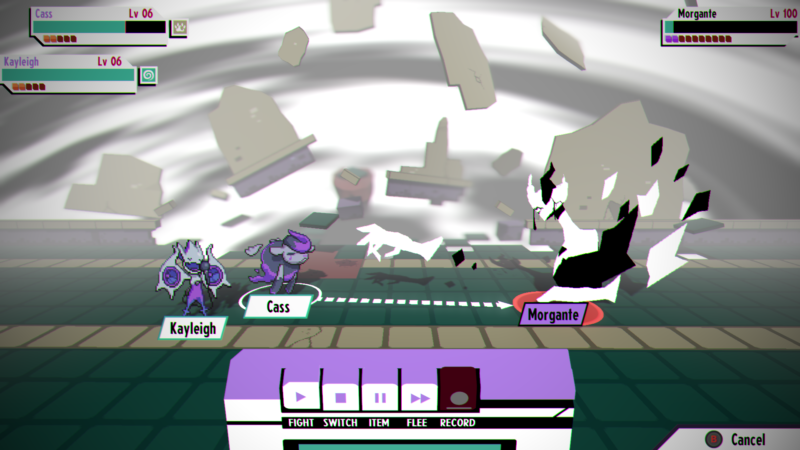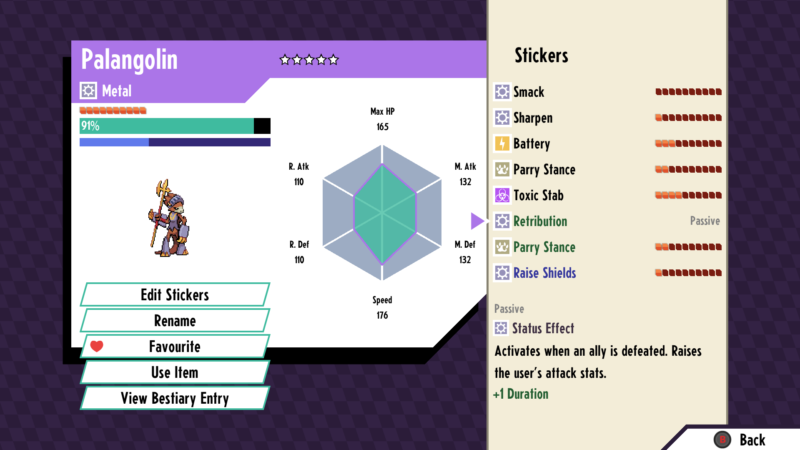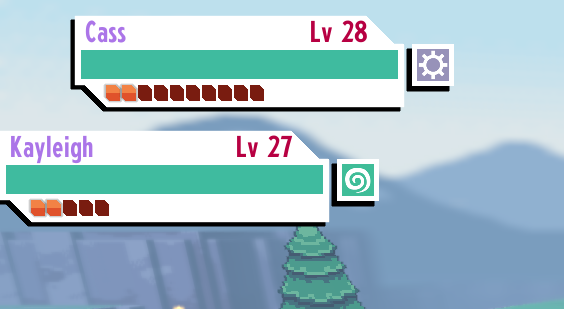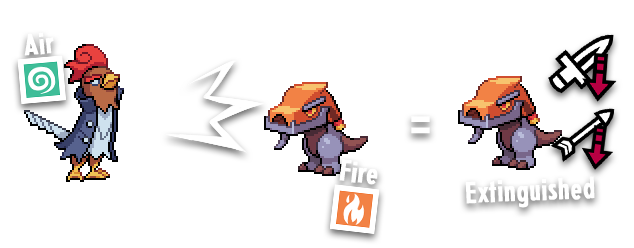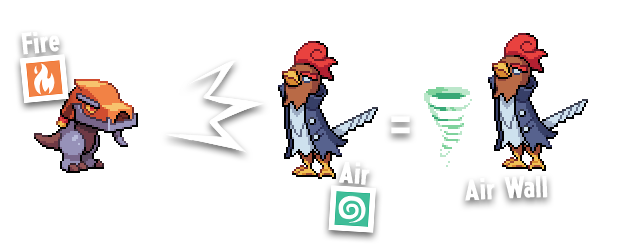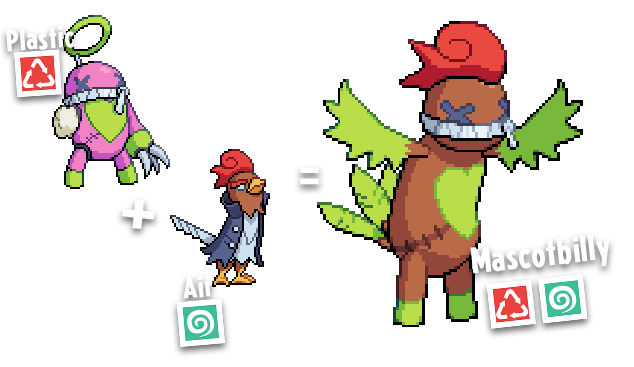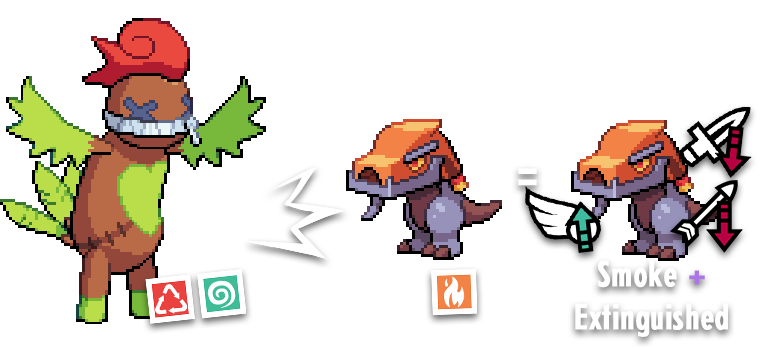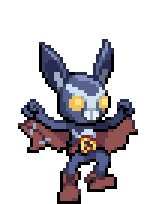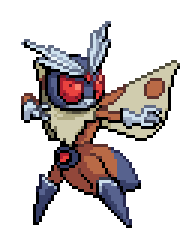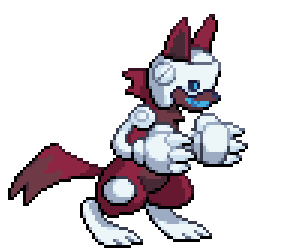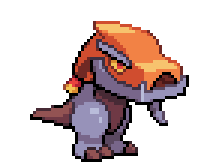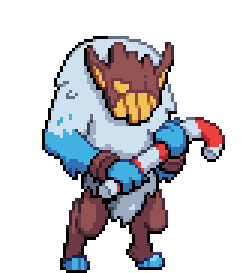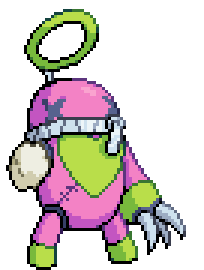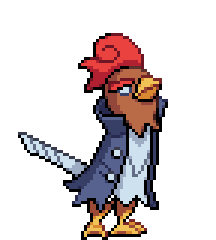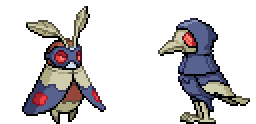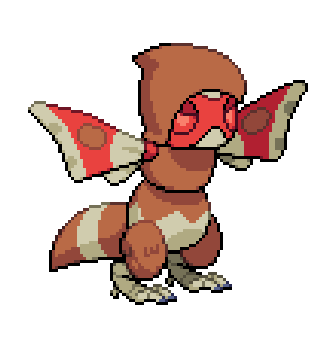This week, we’re taking a look at the element system in Cassette Beasts. How does it work? What is the Chemistry System? And how does fusion play into it? Let’s find out!
Elements
Every monster in Cassette Beasts has an elemental type. These represent the nature of the monster, and can be seen next to the health bar on the battle screen.
What are the elements in Cassette Beasts, then? let’s take a look at the list!
Beast
Beast-type monsters don’t have any particular elemental traits. Beast-type monsters include Bansheep, Candevil and Springheel.
Fire
Fire-type monsters are creatures associated with fire, gunpowder, and explosives. Fire-type monsters include Pombomb and Salamagus.
Ice
Ice-type monsters are associated with snow, winter, frost and mist. Ice-type monsters include Spooki-onna and Grampus.
Lightning
Lightning-type monsters have traits related to electricity, circuitry, and thunder. Lightning-type monsters include Cat-5.
Plant
Plant-type monsters are those with bodies made of plant matter, wood and flowers. Examples include Kirikuri and Dandylion.
Air
Air-type monsters are often connected to wind, flight and sound. Air-type monsters include Sirenade, Dominoth and Cluckabilly.
Water
Water-type monsters are associated with the ocean, lakes and rivers. Examples of water-type monsters include Undyin.
Earth
Earth-type monsters typically have bodies made of stone, sand, clay or earth. Earth-type monsters include Pawndead.
Poison
Poison-type monsters are connected to toxins, pollution, venom and other such nasty substances. Examples of poison-type monsters include Masquerattle and Nevermort.
Metal
Metal-type monsters are often wearing metal armour, or have bodies partially made of metals. Examples of metal-type monsters include Allseer, Southpaw and Palangolin.
Plastic
Plastic-type monsters? How did that happen?! I guess humans have spread plastic enough that monsters have now become associated with it too. These monsters often have bodies made of plastic, or similar artificial petrochemical substances. Examples of plastic-type monsters include Traffikrab and Mascotoy.
Astral
Astral-type monsters are associated with space, the arcane arts or the cosmic unknown. Examples of astral-type monsters include Stardigrade.
Glass
Glass-type monsters have bodies made entirely of pure glass. Examples of glass-type monsters include [REDACTED]
Glitter
Glitter is unique in that there are no glitter-type monsters. However, the move Glitter Bomb can transfer this elemental type to a target, who then is able to pass that type on by contact. To make it simple: glitter gets everywhere and is annoying.
So we’ve looked at the elemental types – but what does it all mean?
Chemistry
So how do these elements interact with each other? Well, the chemistry system allows these elements to create reactions that can be positive, negative or neutral! Here is an example of the air-type Cluckabilly attacking the fire-type Velocirifile.
If hit with an air-type attack from Cluckabilly then Velocirifle will be Extinguished, a reaction that lowers its melee and ranged attack power. The attack won’t do extra damage, but it will negatively affect Velocirifle’s ability to deal damage! What about the reverse, then?
This reaction is Updraft, causing Cluckabilly to receive an Air Wall status, which absorbs up to 3 incoming hits. Pretty useful, huh?
There’s many reactions that you can utilise in battle to give yourself the edge.
Fusion
So how does fusion work with this element system? Well, a monster’s fusion form inherits both elements from the two monsters that combine to form it! In last week’s blog we looked at Mascotoy and Cluckabilly – so why not find out what their fusion looks like?
So when Mascotbilly attacks an enemy with a move that doesn’t have an elemental type of its own, it’ll use both elements that Mascotbilly has.
Against Velocirifle it triggers both the Smoke reaction (which increases the target’s evasion) on account of the plastic-type, but also the Extinguished reaction we explained earlier.
So whilst Velocirifle took multiple debuffs, it also gained one buff from the attack. Interesting, huh? Some fusions must create some very interesting reactions…
That’s all for this week, folks! If you want to know more, why not swing by the official Discord! As well as that, you can always follow us on Twitter for future updates!
Until next time!
